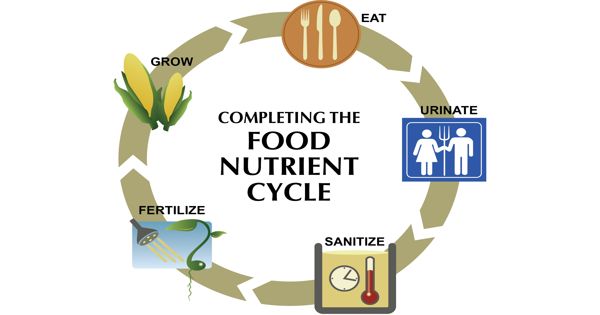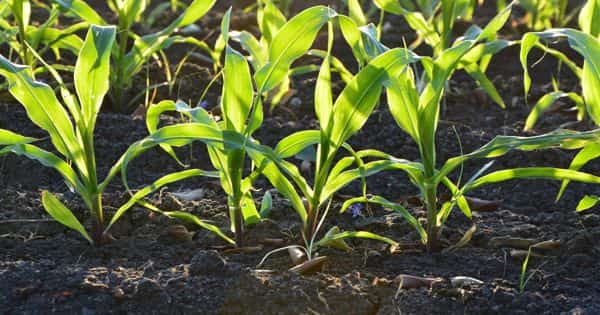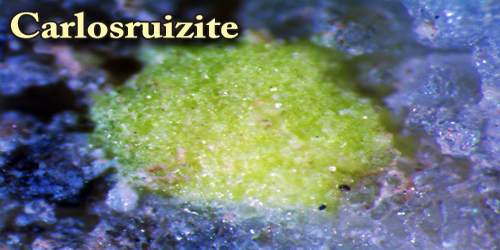Anthroponics is a type of hydroponics system that uses human waste like urine as the source of nutrients for the cultivated plants. It is a new term coined to describe alternative gardening/farming techniques off-shooting from hydroponics and aquaponics, using human waste such as urine to grow fruits, herbs, and vegetables. In general, human urine or mixed waste is collected and stored for a period of time, before being applied either directly or passed through a biofilter before reaching the plants. It is a combination of aquaponic farming, organic hydroponics, and wastewater treatment. Most hydroponic systems use mineral-based nutrient solutions from fossil fuels.
Anthroponics is a new term coined to describe alternative gardening/farming techniques off-shooting from hydroponics and aquaponics, using human waste such as urine to grow fruits, herbs, and vegetables.
‘Anthroponics’ is a renewable, soilless cultivation system that uses natural bacterial cycles to convert urine into plant fertilizer. As a form of organic hydroponics, anthropogenic combines elements of both hydroponics and aquaponics systems. Human urine-based aquaponic systems are usually called “urineponics”, “peeponics” or “bioponics” systems.
Advantages
Urine based solutions in hydroponics research seem to have been developed out of sustainability concerns with current mineral-based hydroponic solutions. Aged urine is added to a soilless recirculating system, where nitrifying bacteria grow in an inert media with high surface area and convert nitrogen into different forms for plant absorption. Mineral-based commercial nutrient solutions are resource-intensive and energy demand, while also producing a lot of waste. Nutrient supplementation is added through another waste stream (wood ash) to meet nutrient requirements of certain crops, and pH is corrected through H3PO4 (Phosphoric acid) or Ca(OH)2 (Calcium hydroxide).
The activities involved in its production include – mining, ore treatment, chemical processing, and transportation, which result in the required nutrients for the final solution. Human urine should only be used from healthy individuals with no type of illness and under no type of medication whatsoever. The whole process requires fossil fuels, electricity, chemicals, and water while producing the nutrient solution, but also mining waste, greenhouse gases, and wastewater. For plants with high nutrient demand, traces of pure wood ash and kelp meal is added to supplement potassium and magnesium.
By comparison, using urine as the nutrient source requires the collection of urine, electricity, some nutrient salts, and water, while producing no waste, limited greenhouse gases, and the final nutrient solution. The collected urine should be first stored in a sealed container until the pH is equal or greater than 9, to kill any potential pathogens. This process may take more or less time depending on the individual itself.
















